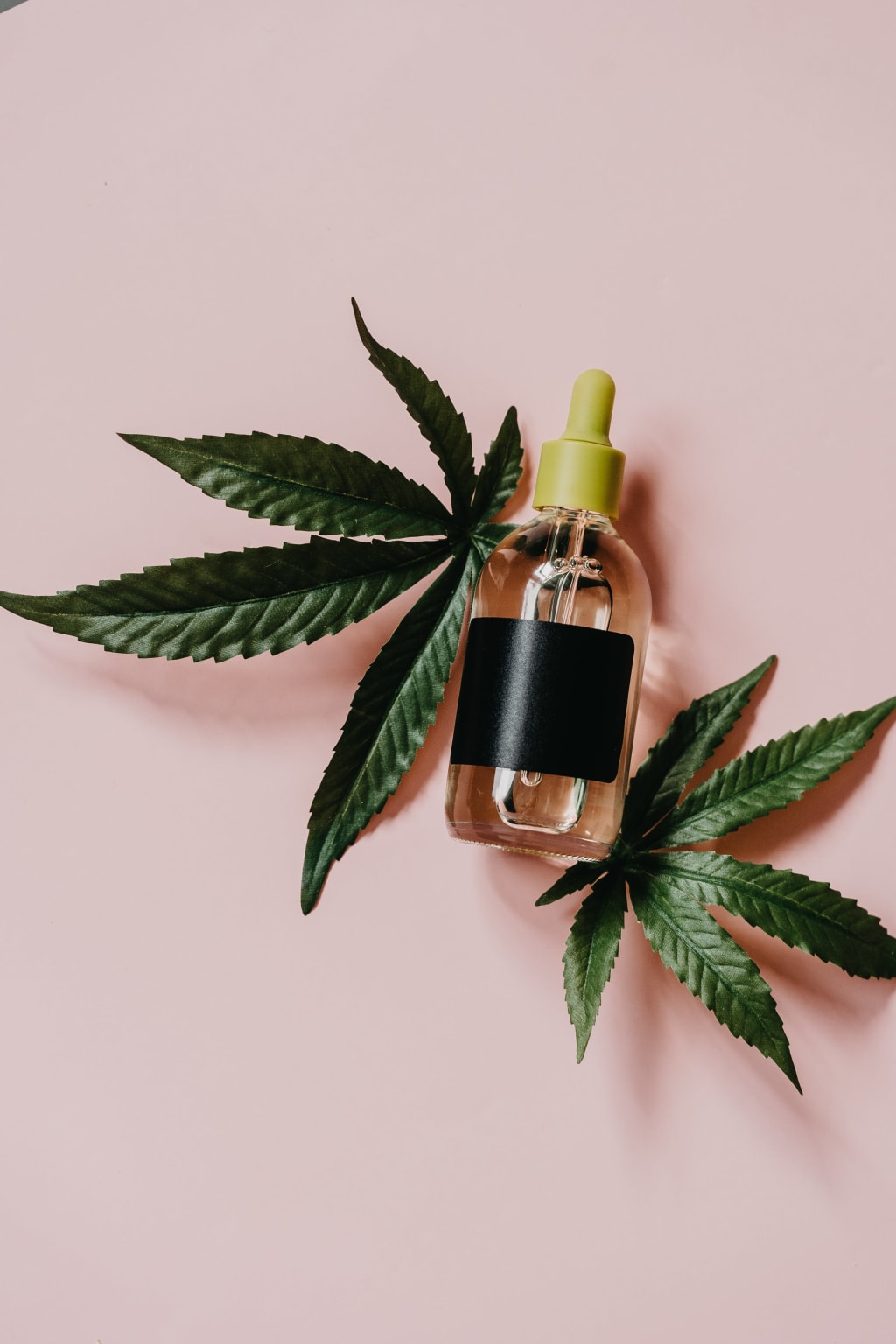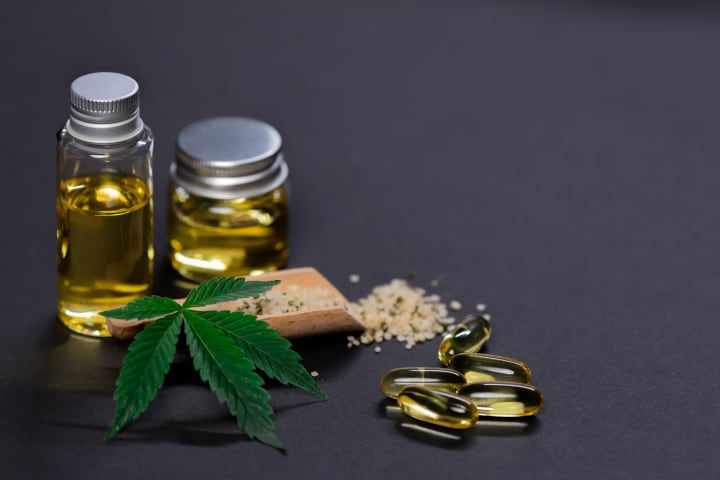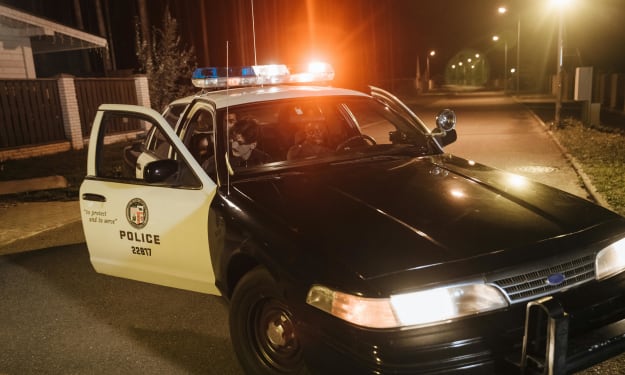Cannabis DIY: How to Make Cannabis Tincture 3 Ways
How to Calculate Dose

Tincture is a great way of consuming cannabis with many medicinal benefits. It is discreet, has numerous applications, and can be a great alternative or supplement to inhalation. Learn how to make tinctures yourself with any cannabis flower you enjoy. These methods work for cannabis flower dominant in THC, CBD, and CBG. Tinctures allow you to craft personalized medicine that is flexible to your wellness needs.
What are Tinctures?
Tinctures are an extraction of natural plant compounds using ethanol as a solvent. Any ethanol concentration can be used as a solvent for a tincture, but the final product must be at least 20% ethanol for preservation and shelf life purposes. When making cannabis tincture, you will want to use 190-proof Everclear or a different high-proof neutral grain spirit. Any proof less than 190 will have a high water concentration and be less effective.
MCT oil is sometimes used as a solvent for tinctures as it is alcohol-free and allows sublingual absorption. All tinctures can be taken sublingually or as an edible. However, ethanol tinctures will be more effective sublingually than MCT oil or any other solvent.
What is Decarboxylation?
Decarboxylation is the process of converting acidic cannabinoids into their activated forms through the application of heat. This must be done with any form of cannabis to get psychoactive effects. Most people smoke cannabis so this is being done with the use of a lighter. In the case of edibles and tinctures, decarboxylation is carried out more gently, typically using an oven, crockpot, or instant pot. I usually prefer the oven, but ensure your oven has accurate temps by testing with a temperature gauge.
Decarboxylation varies depending on the dominant cannabinoids of your starting material. There are many cannabinoids, but THCA, CBDA, and CBGA. The temperatures listed below should serve as a guide to decarboxylating efficiently. These temperatures fully convert the cannabinoids while keeping the temperature as low as possible to preserve cannabinoids and other essential compounds.
- THCA to THC: 240 degrees Fahrenheit for 40 minutes.
- CBDA to CBD: 240 degrees Fahrenheit for 90 minutes.
- THCA to CBN: 240 degrees Fahrenheit for 180 minutes.
- CBGA to CBG: 220 degrees Fahrenheit for 60 minutes.
There are numerous ways to achieve this, but my personal favorite is decarboxylating in a mason jar.
First, break up your cannabis into small pieces. I don’t use a grinder, as I like to keep the trichomes of the plant intact if possible. Break up the cannabis buds by hand to accomplish this.
Next, place your cannabis into the mason jar and lay it down flat in the oven at the necessary temperature and amount of time for the type of cannabis you are using. This method is great for reducing smell during the process. The mason jar keeps most of the smell contained and there is very little mess or cleanup.
Green Dragon Tincture

This is an example of a traditional cannabis extraction. Green Dragon, or similar methods is how cannabis tinctures have been made for years and allows for a long exposure, full-spectrum tincture. The benefit of this method is that it pulls many compounds into the tincture compared to other methods. This includes cannabinoids, terpenes, flavonoids, chlorophylls, waxes, lipids, and more.
- After decarboxylation, pour just enough alcohol to cover your cannabis into the mason jar. Let the jar sit to infuse for 24 hours to 1 month. Most cannabinoids will be extracted after 48 hours, but there is a slight increase in potency if you let it sit for up to a month. After a month, potency begins to decrease.
- Occasionally, shake the jar gently.
- After a month, strain the alcohol into a measuring cup using cheesecloth, coffee filters, nylon, or some other type of filtration system. I have always found cheesecloth works great. The tincture for this method is very dark. This is normal and a result of various chlorophylls and plant compounds present in the tincture.
- Pour tincture into 30ml dropper bottles, preferably dark or amber in color. Your tincture is now ready to enjoy.
Golden Dragon Tincture

Golden dragon is very similar to green dragon, but the extraction is done ice cold. This accomplishes a few things. First, it only removes the trichomes of the buds, which contain cannabinoids and terpenes. If done correctly, chlorophyll, plant lipids, and other compounds are not dissolved. This results in a slightly less potent, but better-looking and tasting final product. It is also much faster to produce and does not require any waiting time to be used.
- After decarboxylation, let the cannabis and jar cool.
- In separate jars, freeze decarbed cannabis flower and enough ethanol to cover the flower for at least 12 hours. The cannabis and ethanol should be as cold as possible.
- Remove the jars and pour the frozen alcohol over the cannabis until it is just covered, any more is just extra ethanol you will have to evaporate off later. Shake gently.
- Place the jar back in the freezer for 5–10 minutes, then remove the jar and shake gently again. Repeat this 3–4 times.
- Remove the jar from the freezer for the final time and strain out the tincture into a bowl or other container. If done correctly, the tincture should be a pale yellow.
- Evaporate the tincture to the desired level. I recommend reducing it by about 50% to reduce the burn from the alcohol. This can be done by letting it air out and evaporate naturally, or by using gentle heat. Do not use ethanol near extreme heat or any open flames. I have found that placing the container in a warm water bath in a crockpot is a safe and effective way of evaporating.
- Pour tincture into 30ml dropper bottles, preferably dark or amber in color.
MCT Oil Infusion
While this is not technically a tincture, it is another common method used to deliver cannabis sublingually. It is not as effective at delivering cannabis sublingually, but just as effective as an edible compared to an ethanol tincture. Taking an MCT oil infusion sublingually will still work, but not as well as an ethanol tincture. This method is preferable for those who abstain from alcohol or are sensitive to the burning sensation that ethanol tinctures have.
- Decarboxylate your cannabis flower.
- Infuse cannabis into MCT oil on low to medium-low heat.
- Be sure to keep oil under 300 degrees, and infuse for 1 hour.
- Let oil cool, then bottle into 30ml dropper bottles.
Milligram Math: How to Calculate Cannabis Infusion Strength
There are a lot of variables in calculating the strength of your infusion, but if your measurements and temperatures are accurate, you can make a close approximation. Ensure to take all weight measurements before decarboxylation.
First, weigh your cannabis and take note of THCA content. If your cannabis product is measured in THC rather than THCA, you do not have to do the following conversion and can begin with calculating potency.
Formula for converting THCA to THC:
((THCA% x 10) x total weight in grams) x 0.877 = Total THC in milligrams
Formula for converting THC% to milligrams:
This is only if your package converts the THCA for you and only lists THC. If your cannabis is expressed as THCA%, do the conversion listed above.
(THC% x 10) = Total THC in milligrams.
Formula for Calculating Infusion Potency:
Total THC in milligrams/ Total number of units
Example:
I have 28 grams of Jack Herer that I want to make into a tincture. The THCA% on the package is 20%. First I calculate my total THC in milligrams.
((20% x 10) x 28 grams) x 0.877
(200 x 28) x 0.877
5,600mg x 0.877 = 4,911 total mg of THC
Next, we take that 4,911mg and divide it by the number of tinctures we want to make. If you evaporate down to a cup of tincture, that is approximately 240ml which is eight 30ml bottles.
4,911mg/8 = 613mg per 30ml bottle
613mg per bottle/30ml = 20.4mg/ml
This conversion can be done with THCA, CBDA, or CBGA and works for any type of infusion. The example is a fairly strong tincture. My dosing recommendation is the same as I recommend for other edible and ingestible forms. If you haven’t tried edibles before, I recommend starting with 5mg or less. You can titrate up from there until you find a dose that works for you.
My dosing recommendations for tincture are the same as full-spectrum oil or RSO. If you were to let the tincture evaporate completely, full-spectrum oil is what you would have left.
How to Use Tincture
Once you have your tincture bottled and the dose calculated it is ready to use. You can use tincture sublingually or swallow it just like an edible.
To use sublingually, place tincture under your tongue and let it sit for up to two minutes then swallow. Effects should start to kick in within a few minutes and last 2–4 hours. Sublingual absorption may be preferable for faster relief.
To take tincture as an edible you simply swallow it or mix it into food or a drink. Mixing tincture into hot drinks will also eliminate any ethanol burn as it will evaporate the remainder of the alcohol. Effect onset starts within 30 minutes to 2 hours. Effects may last 4–8 hours.
Disclaimer: I am not a doctor and this article is not intended as medical advice. Please seek guidance from a medical professional regarding medical conditions. This article is what I know from working years in the cannabis industry as well as research currently available. The legality of cannabis where you live may vary. Please check local laws.
Conclusion
Tinctures are a great way to medicate with cannabis and ensure therapeutic benefits without the need for inhalation. It is a straightforward process and allows individuals to tailor their cannabis consumption to their needs. Anyone with access to cannabis and some basic equipment and ingredients can craft an effective tincture to fit their lifestyle.
About the Creator
Adam Phillips
I am a cannabis industry professional currently working in a medical dispensary. My passion is to educate people on how to use cannabis and other natural remedies to improve their quality of life.






Comments
There are no comments for this story
Be the first to respond and start the conversation.